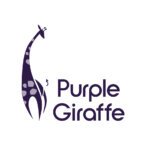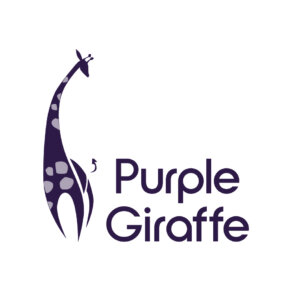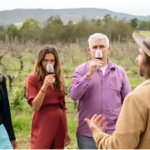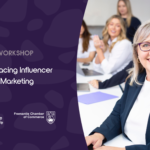The Power of Visual Media in Today’s Marketing Environment
It’s an old adage but ringing so true in today’s fast paced consumer marketing environment. The truth is, we are visual beings. 90% of information transmitted to the brain is visual and the brain processes visual information 60,000 times faster than text and 40% of people respond better to an image than 1,000 words.
As a result visual content marketing is proving more successful than any other form of communication. Marketers who embrace visual content as a part of their overall strategy reap the rewards of higher returns with more fans, followers, readers, leads, clients and of course, revenue.
If you are not yet including or have some focus on visual content in your marketing strategy, it’s time to get busy! Whether on social media or in your email campaigns, it’s important to incorporate it into your plan. By doing this you will see the benefits of including imagery and visuals to increase your reach, enhance and build on your brand and earn more repeat and new business.
Visual content drives engagement. Neuromarketing science confirms it. According to psychologist Albert Mehrabian, 93% of all communication is nonverbal. It’s easy to see real life examples of this when thinking about how we react to body language or why silent movies are so entertaining. What we see has an effect on what we do, how we feel, and who we are. What kind of visuals and how you use them greatly affects how you and your business are perceived. Consider the following based on findings from case studies and experiments undertaken by psychologists, scientists, neurologists and other cognitive experts all over the world.
- Graphics speed up and increase comprehension, recollection, and retention. In other words we understand a picture quicker and often better than the written or heard word.
- Visual clues help us decode text and focus our attention increasing the likelihood that the audience will remember. In other words pictures help us to understand words and provides a tool to direct attention and convey a particular message.
- Pictures enhance or affect emotions and attitudes. In other words, a picture can make us feel things more quickly and with greater strength.
- Graphics engage our imagination and heighten our creative thinking by stimulating other areas of our brain. In other words, we interpret pictures using other parts of our brain and this increases and broadens our thinking.
- In a normal conversation, the importance of words is 7%, voice tonality is 38% and body language is 55%. In other words we get most of our cues and meaning from how someone looks and sounds when they talk to us not what they say.
It’s a powerful and very direct way to communicate strong messages quickly and succinctly. Therefore it’s even more important to get it consistently right or it can just as quickly confuse or destroy your brand.
Some helpful hints to follow when designing visual content.
- Use a consistent tone and texture. Make sure the look and feel of your visuals reflect exactly what you want your customers to remember and think about your brand. Have guidelines on font, colour, tone and mood and then stick to them.
- Still be innovative – don’t be afraid to experiment within these guidelines.
- If in doubt don’t post it. This is a quality verses quantity argument. Although its important to have a reasonably frequent content schedule its also very important to keep the quality up as a bad visual will do damage.
- Be honest and real.
- Meaure your response and try and gain an understanding about what visual content did well and when and what didn’t do so well so you can plan future visuals.
- Pair your visuals with engaging copy and text. A visual will pull them in but a good read will keep them interested!







